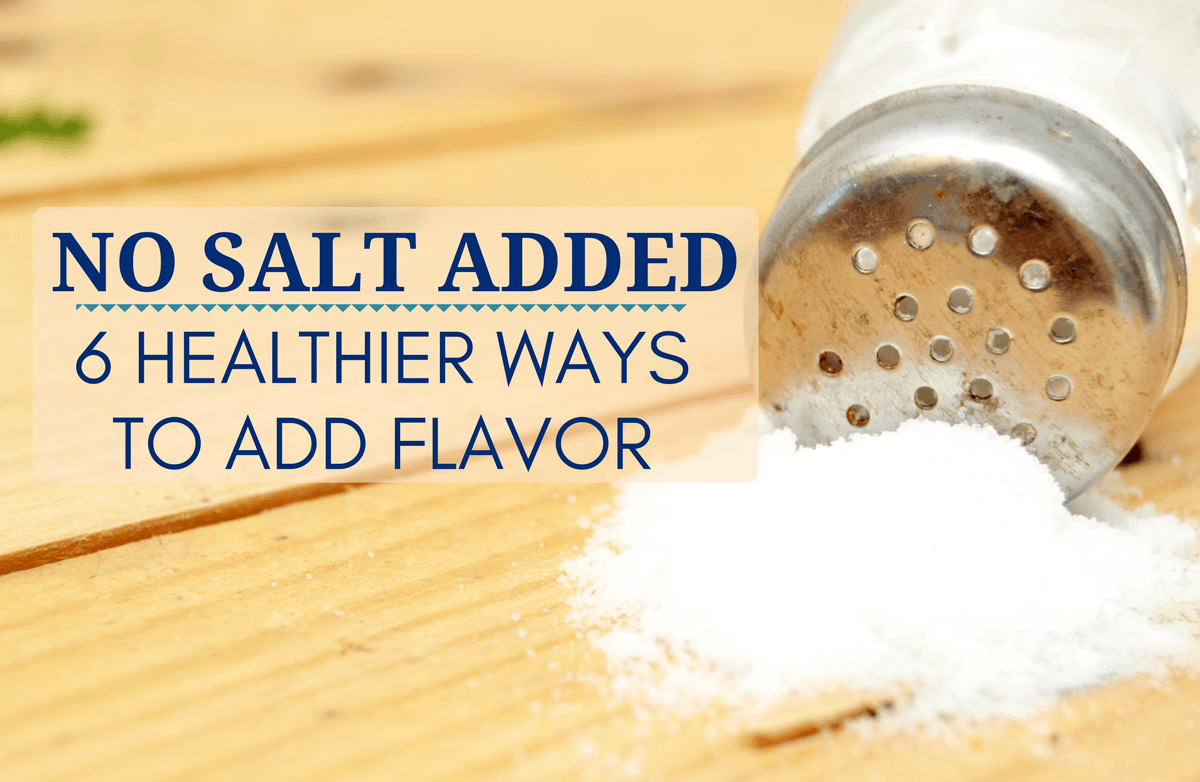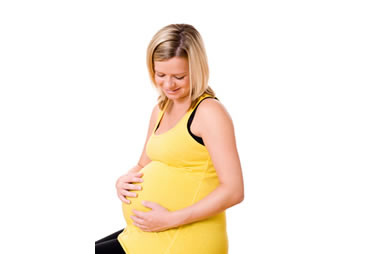|
Over the past 50 years the average dinner plate has increased from 9 inches in diameter to between 11 and 12 inches. A two to three inch increase may not seem like a big deal until you understand that increasing the plate size ever so slightly allows for an extra 50% surface area to fill-up. Couple this with the greater convenience of food and it isn't surprising that our waistbands are expending right along with the size of our plates. Portion distortion is just one of the many factors that may be responsible for the growing obesity epidemic across the globe. With the increase in portion sizes from restaurants and fast food eateries even to the portions we serve at home, we have become a nation of gluttony. How many of us truly knew how much we were eating prior to joining SparkPeople? It's so easy to fill up our plate and not give too much thought as to the amount of food we planned to consume. If you are like me, I am an honorary member of the Clean Plate Club. In other words I find great comfort in cleaning my plate with every meal. This is a habit I have been trying to break for some time now. Plate size is not the only concern. According to a study published last summer in the Journal of Consumer Research, fork size may also play a role in the amount of food we consume.The study showed that patrons in an Italian restaurant who were given a larger fork versus an 'unusually small fork' ate less food than those given the smaller fork. The theory according to the authors of the study is "the small fork gives a feeling that they are not making much progress in satiating their hunger, which results in more consumption compared to when they have a large fork." When I came across this study I was quite intrigued with the results as I frequently eat from a smaller fork at home. I never associated the size of my fork to the amount of food I was eating. For me, because I pre-measure all my food before putting it on my plate I never even gave much thought that the size of my fork could impact the amount of food I consume at each meal. So the next time you visit your local restaurant you may want to ask for the biggest fork they have. And if you are at home, step down to using a smaller plate. While these are just two small changes, if they make us more aware of our portion size than I see no harm in giving this a try. What do you think about this study? Were you aware that fork size has an association to how much food one may consume during a meal? |
More From SparkPeople
|















.png)